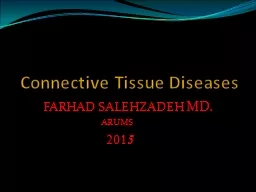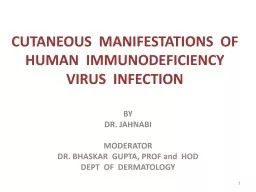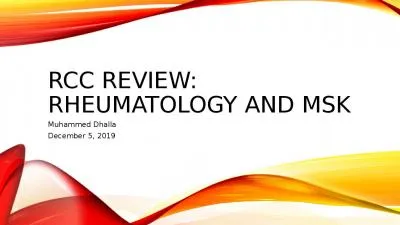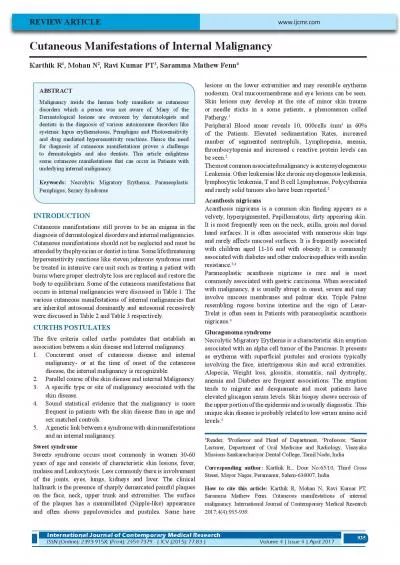PPT-Cutaneous Manifestations of Systemic Disease
Author : lois-ondreau | Published Date : 2018-12-18
Holly Edmonds MD Chief Resident Department of Dermatology Brief Review of terminology Zits Red Rash Nasty just call the derm service and get a consult You have to
Presentation Embed Code
Download Presentation
Download Presentation The PPT/PDF document "Cutaneous Manifestations of Systemic Di..." is the property of its rightful owner. Permission is granted to download and print the materials on this website for personal, non-commercial use only, and to display it on your personal computer provided you do not modify the materials and that you retain all copyright notices contained in the materials. By downloading content from our website, you accept the terms of this agreement.
Cutaneous Manifestations of Systemic Disease: Transcript
Download Rules Of Document
"Cutaneous Manifestations of Systemic Disease"The content belongs to its owner. You may download and print it for personal use, without modification, and keep all copyright notices. By downloading, you agree to these terms.
Related Documents














